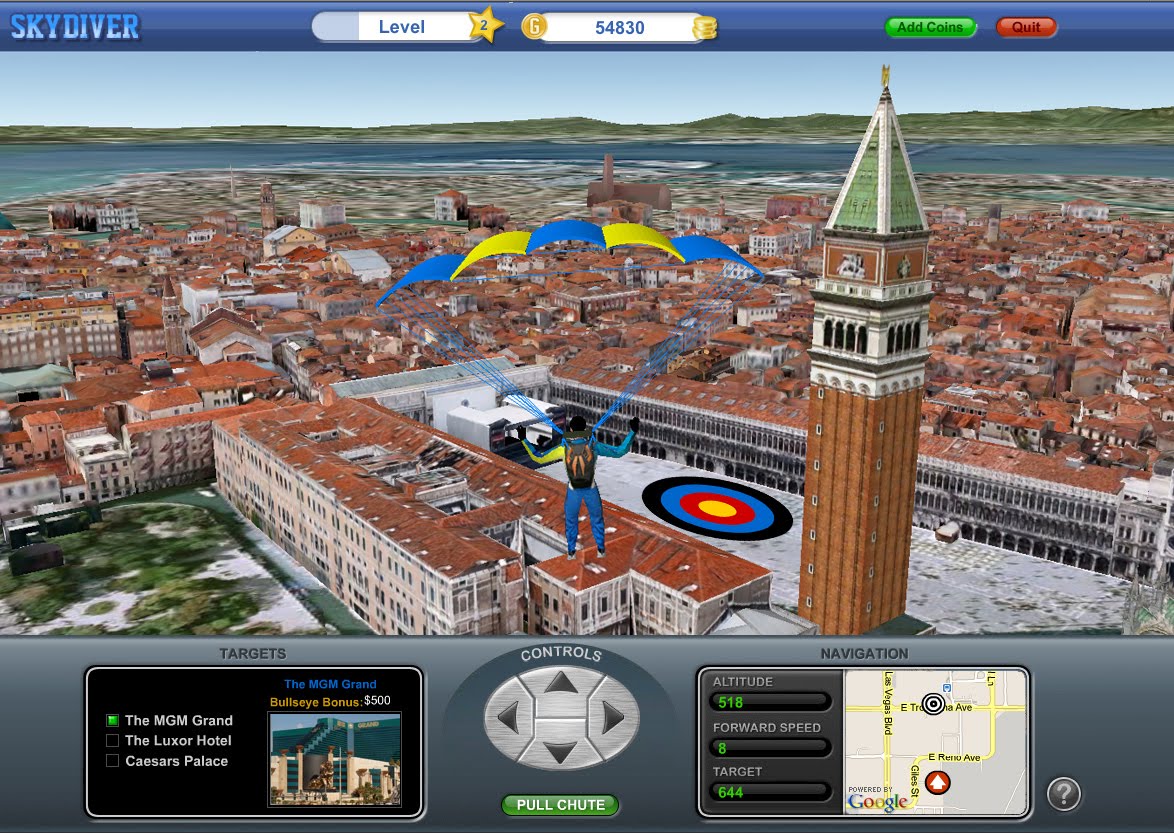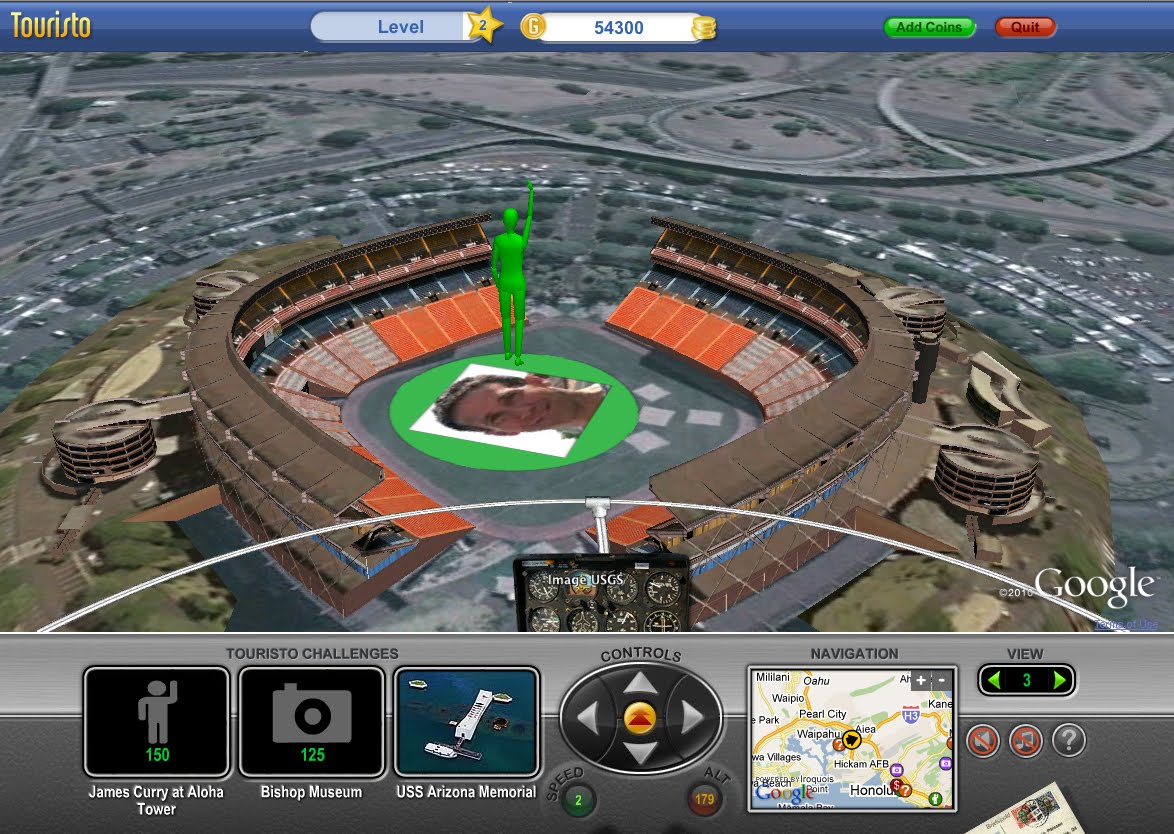 It’s been only two short weeks since Google I/O 2011! There was fantastic energy at the event, and developers had their choice of over 100+ sessions on topics ranging from Google Apps to Android to App Engine to HTML5 to Cloud Robotics.
It’s been only two short weeks since Google I/O 2011! There was fantastic energy at the event, and developers had their choice of over 100+ sessions on topics ranging from Google Apps to Android to App Engine to HTML5 to Cloud Robotics.
Here are the highlights from the Google Apps track:
Sessions
In the Google Apps track, we had 8 sessions on a variety of topics of interest to Google Apps Marketplace developers, systems integrators and customers alike. All of the sessions are available in HD on YouTube and we’ve also posted many of the session slides and notes.
Google Apps Marketplace:
- Launch and Grow your Business App on the Google Apps Marketplace provided an intro to the Apps Marketplace, but most of the session was third-party developers telling the story of their businesses, demoing their integrations and providing guidance for other developers looking for success on the Marketplace. Teaser: 30% free->paid conversion rates from GQueues on the Google Apps Marketplace.
- Apps Marketplace: Best Practices and Integrations covered a wealth of best practices for business app development and Google Apps integrations based on experience working with hundreds of developers building applications for the Google Apps Marketplace.
Google Apps Script:
- Enterprise Workflow with Apps Script showed how Google Apps Script can be used to build complex workflows using simple server-side JavaScript code. The speakers built on several examples for document publishing approval, showing lots of code for how it’s done.
- Developing Apps, Add-Ins and More stepped through building Add-Ins with deep integration into the Google Apps UI and full applications. The team announced the Apps Script GUI Builder to drag and drop UI components and full Apps Script APIs for Gmail and Google Docs.
Application APIs:
- Google Tasks API announced the brand-new API to interact with a user’s Google Tasks. Several third-party developers demonstrated how they integrated tasks with their project management and CRM apps.
- Using the Google Docs APIs to Store All your Information in the Cloud gave a very brief overview of the Documents List API followed by a deep-dive into gcategorically, an App Engine + Python sample app for uploading documents to Google Docs. Best practices for developing integrations with Google Doc were also covered. This session is very useful for Apps Marketplace developers, especially because of the new ability to upload all file types to all types of Google accounts.
Solutions and Administration:
- Developing Innovative Custom Business Solutions with Google Apps covered how web solution providers are driving us towards the goal of 100% web. Included many real-world examples from a variety of companies who are extending Google Apps using Apps Script, Google Sites, gadgets, Data APIs, App Engine, GWT and more.
- Compliance and Security in the Cloud talked about the suite of APIs and tools available for Google Apps customers to handle policy compliance, audit, incident response and more. Very helpful session for IT administrators, CTOs and CIOs using Google Apps, with much of the session diving into several examples using real-world use cases.
Developer Sandbox
We had 24 fantastic companies in our Developer Sandbox this year, showcasing the applications they built for the Google Apps Marketplace and the services they provide Google Apps customers as system integrators or VARs. We were excited to see many of the companies talking about new integrations they have recently built with Google Apps.
Parties and Fun
The official After Hours event celebrated technical and artistic innovation and included robots, games and transforming vehicles in addition to a live performance from Jane’s Addiction. Many Google teams and companies attending I/O also threw plenty of great parties at nearby bars and restaurants.


